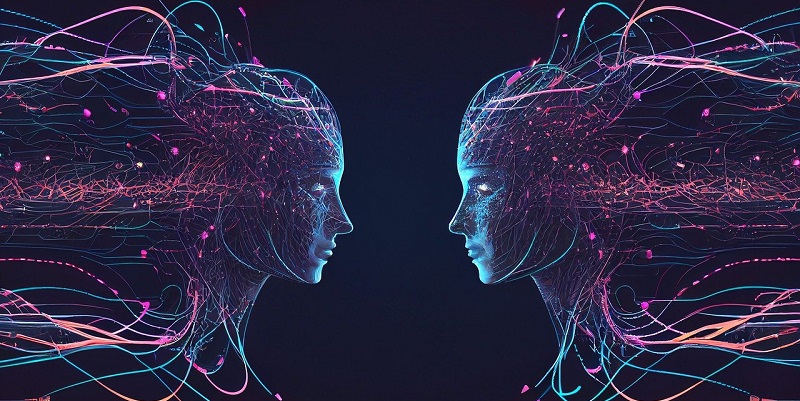OpenAI’s GPT-3 LLM is a highly advanced language model that has generated a lot of buzz among developers and researchers in the field of artificial intelligence. Its ability to generate human-like language and make predictions based on large amounts of data has made it a popular tool for a variety of applications. Recently, R users have gained access to this powerful tool through a growing collection of ChatGPT packages and apps. However, there are a few things that users should keep in mind while using these tools for their projects.
Although ChatGPT is a powerful tool that offers numerous benefits, users should exercise caution when processing sensitive information. Everything that is asked within these tools gets sent to OpenAI’s servers, which means that there is always a risk of data being compromised. Therefore, it is advised not to use ChatGPT tools for sensitive information, such as financial or personal data.
Kyle Walker, an associate professor at Texas Christian University and the author of the popular tidycensus R package, recently commented on ChatGPT. He stated that it can “supercharge your work if you understand a topic well,” but it may also leave you “exposed for not knowing what you are doing.” Walker’s remarks emphasize how crucial it is to have a thorough understanding of the topic at hand before using ChatGPT, as incorrect usage may result in false or misleading outcomes.
One thing to keep in mind when using ChatGPT is that it can generate different responses to the same query, and some answers may be accurate while others may not. This variation in responses is due to the way the model operates, and it is important for users to manually check the generated responses for accuracy before considering them valid.It is worth noting that most of the resources mentioned in this article require users to have their own OpenAI API key, and the API is not free to use. Therefore, those interested in using ChatGPT tools should be prepared to pay for their use based on their API usage.
For R users who are looking to incorporate ChatGPT technology into their own applications, the OpenAIR package is an excellent choice. This package offers a simple and straightforward way to work with ChatGPT models in R, allowing users to easily access OpenAI’s large language models and incorporate them into their applications.
RTutor is an option for users who want to explore ChatGPT and R technology while also generating Python code. This app is an elegant and easy-to-use tool that creates interactive tutorials using R code and ChatGPT, which can be customized to meet the needs of individual users.
CodeLingo is a popular multi-language app that can “translate” code between different programming languages, including R. This app is available only on the web, and provides an easy way for developers to convert R code into other programming languages and vice versa.
The gptstudio package is a general-purpose helper for R programmers, allowing them to easily incorporate the use of large language models (LLMs) into their project workflows. This package offers an intuitive interface and a wide range of features for R users working with GPT-3 and other LLMs.
For R package developers, gpttools offers a convenient way to extend the capabilities of gptstudio and incorporate the use of LMs into their own project workflows. This package is designed to be flexible and easy-to-use, allowing users to create custom integrations and workflows that meet their specific needs.
OpenAI’s GPT-3.5 LLM is a powerful tool that offers numerous benefits for developers and researchers. With the growing collection of ChatGPT packages and apps, R users now have access to this advanced language model and can leverage its capabilities in their own projects. However, as with any powerful tool, users should exercise caution when working with ChatGPT and be prepared to invest the time and resources needed to use it effectively.

